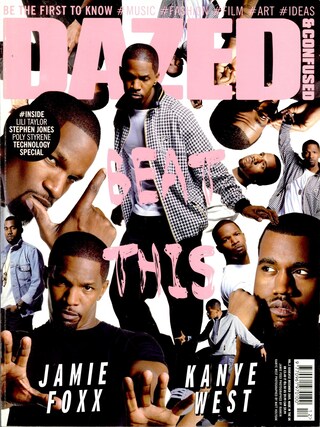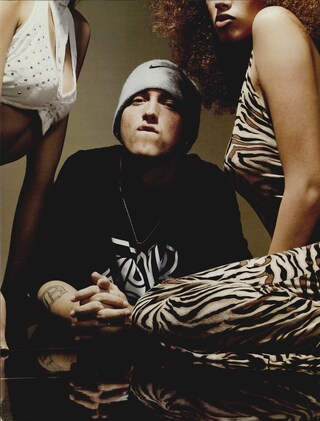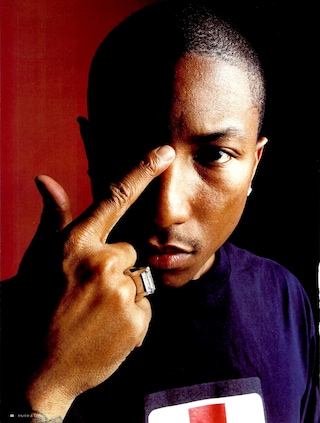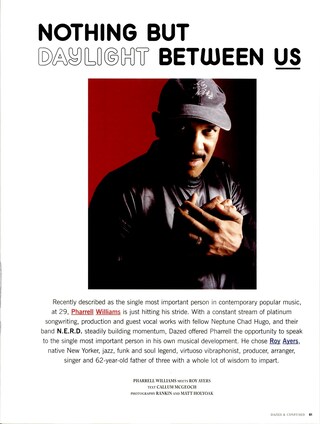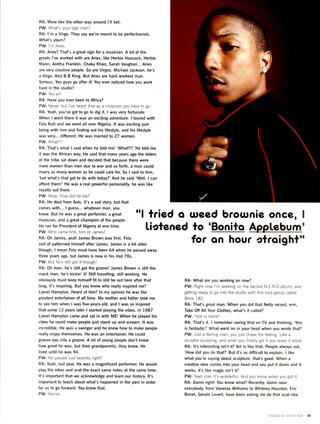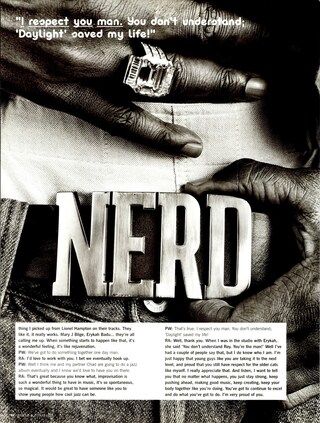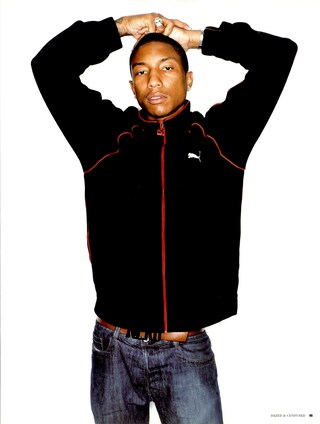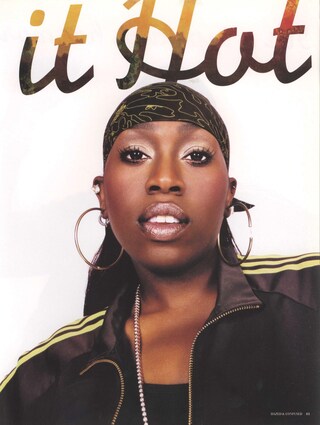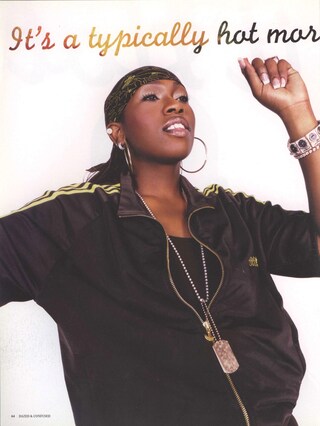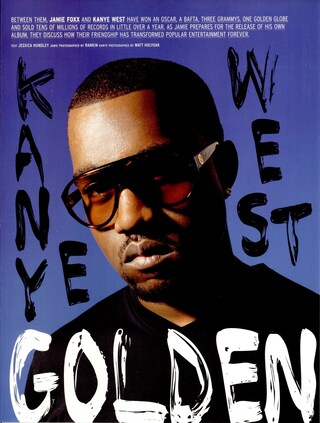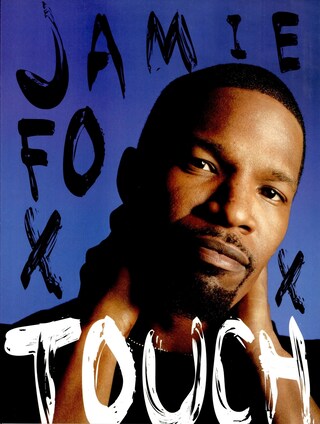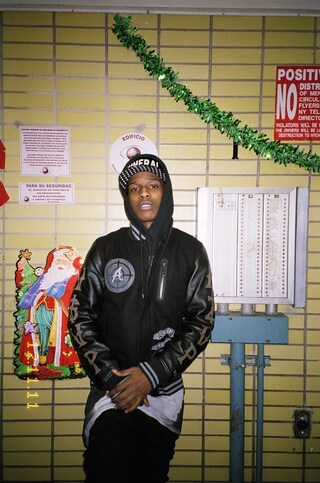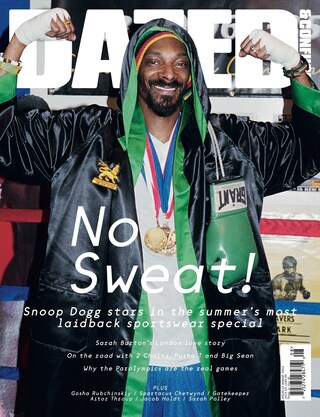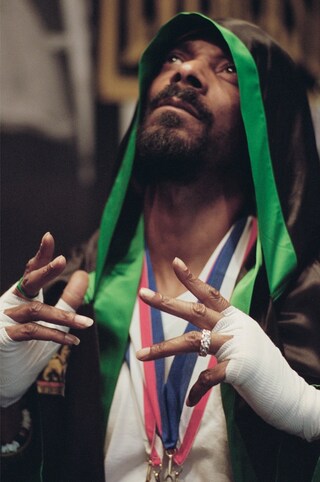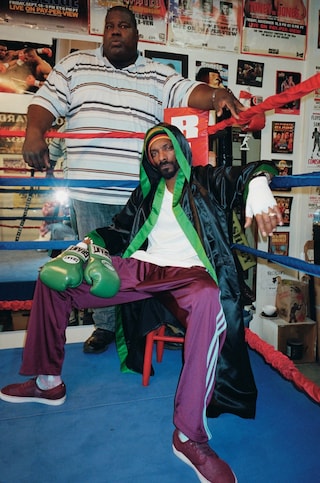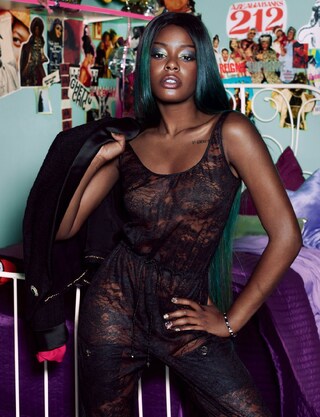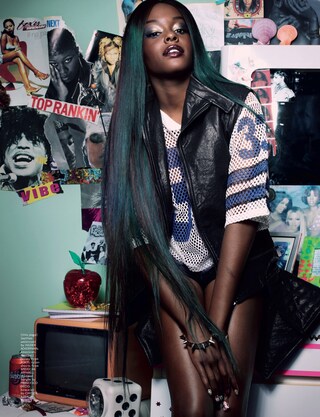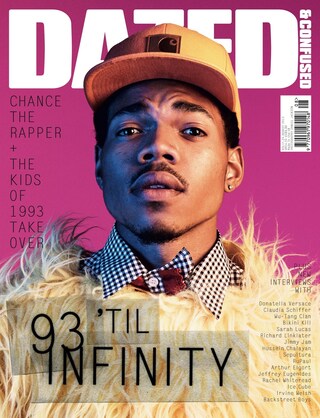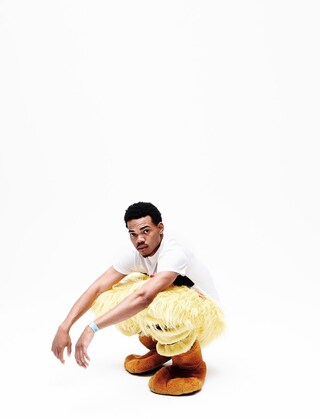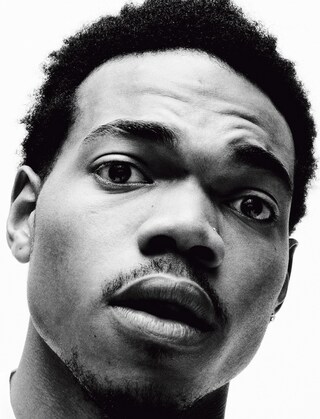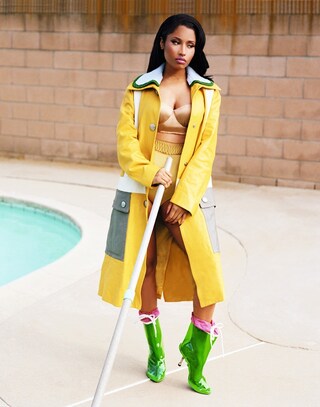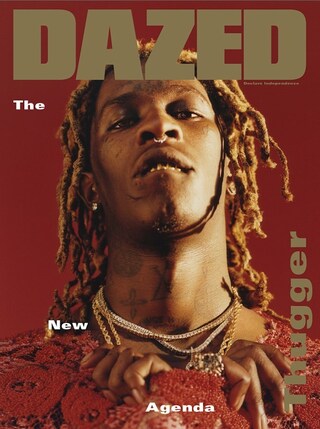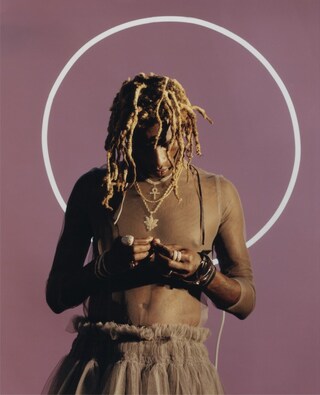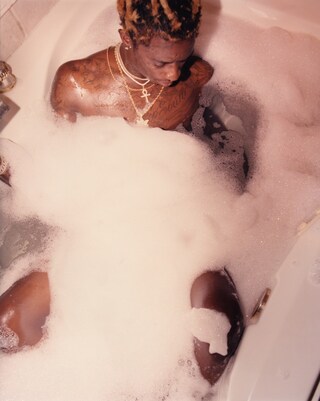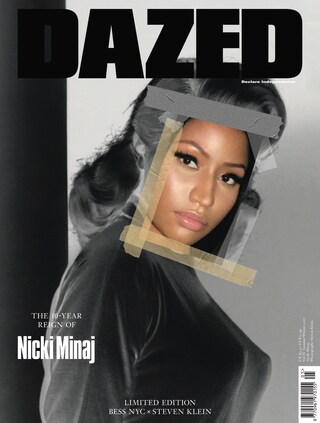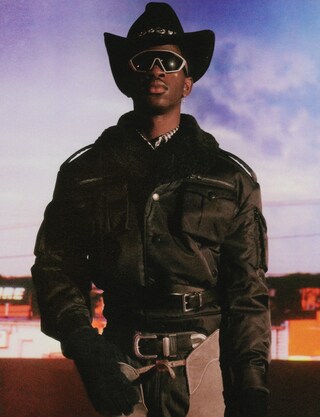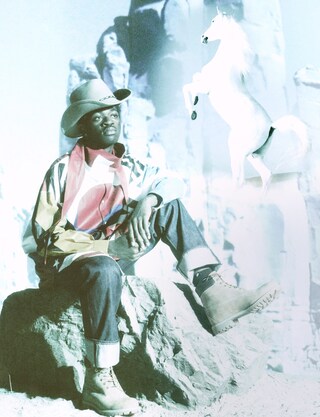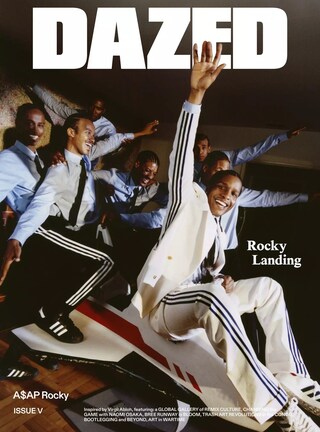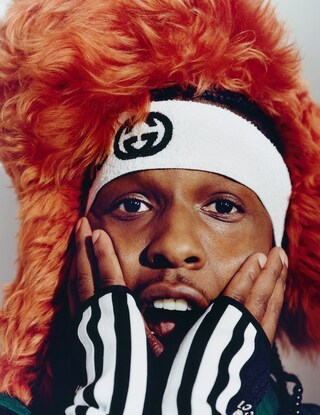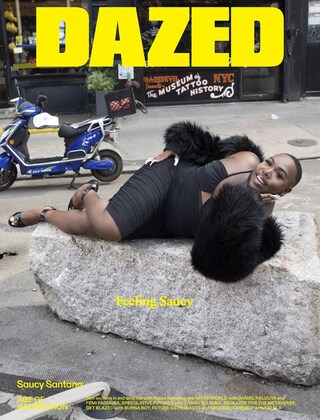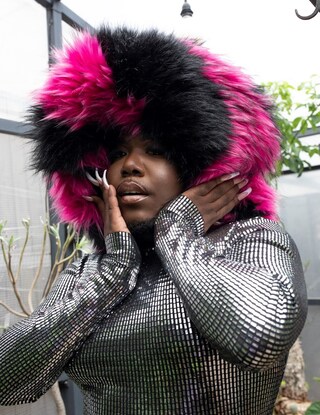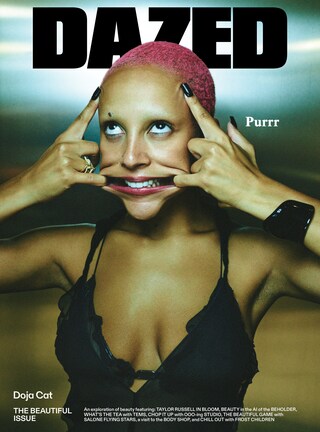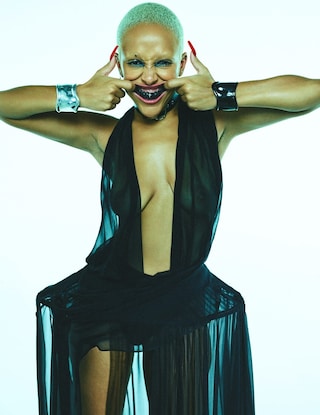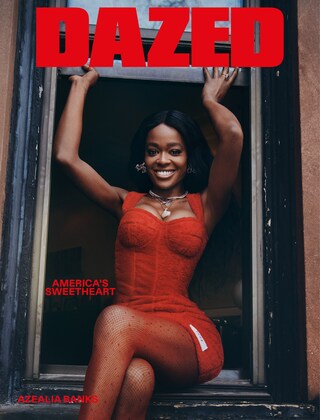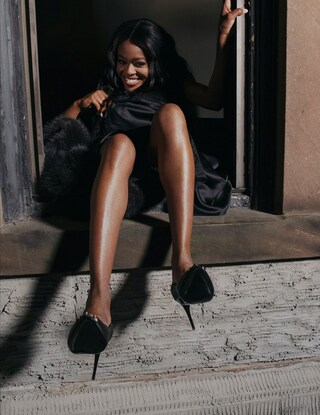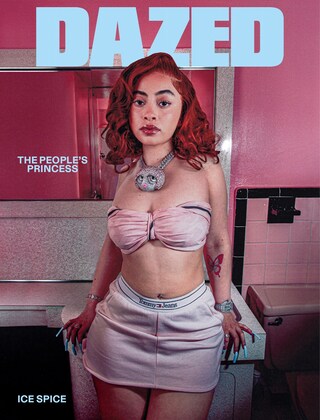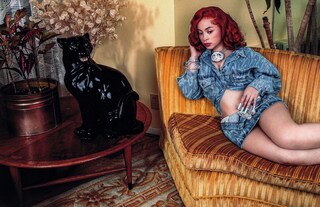It was on August 11, 1973, that a 15-year-old Cindy Campbell would host a block party in the Bronx, charging a small admission to fund her back-to-school attire. The party, held in the recreation room of 1520 Sedgwick Avenue, had an entry fee of 25¢ for girls, 50¢ for boys, and would feature a headline slot from DJ Kool Herc – otherwise known to Cindy as big brother Clive. That night, while DJing, the 18-year-old Herc witnessed the crowd’s elation when percussive breaks in funk and soul records were spun, so played those same breakbeats on two separate turntables, circling them on a continuous loop and creating what we now know as the global phenomenon that is hip-hop.
Despite its own status as a global institution, our magazine rose from similarly humble beginnings. Born from the mind of Rankin and Jefferson Hack, Dazed & Confused began its life as a zine in 1991, finding its first home in the London College of Printing student union, then a tiny office space in the heart of Soho. Forged on the frontlines of the capital’s burgeoning arts scene, Rankin and Hack had the tools and vision to take Dazed global, and the rest, as they say, is history.
Though they may have a near 20-year age gap, the fates of Dazed and hip-hop have always been intertwined. Rankin, Hack and their successors spotlighted the genre from the magazine’s infancy, including an essay written by Public Enemy’s Chuck D for the 1993 New York and The New Music Seminar supplement. In the essay, the hip-hop pioneer declared that “rap as an art form is better than it’s ever been before”, the musician’s own POV a welcome antidote to the white journalists dominating music magazines of the time.
Since then, Dazed has gone on to feature countless hip-hop stars in its pages, creating unforgettable moments and era-defining images in the process. So, to celebrate 50 years since Cindy set fire to the Bronx, we rundown all the legends, disruptors, icons and trailblazers who made it onto our cover, and talk to the people who had a hand in making those iconic moments a reality.
LEGENDS
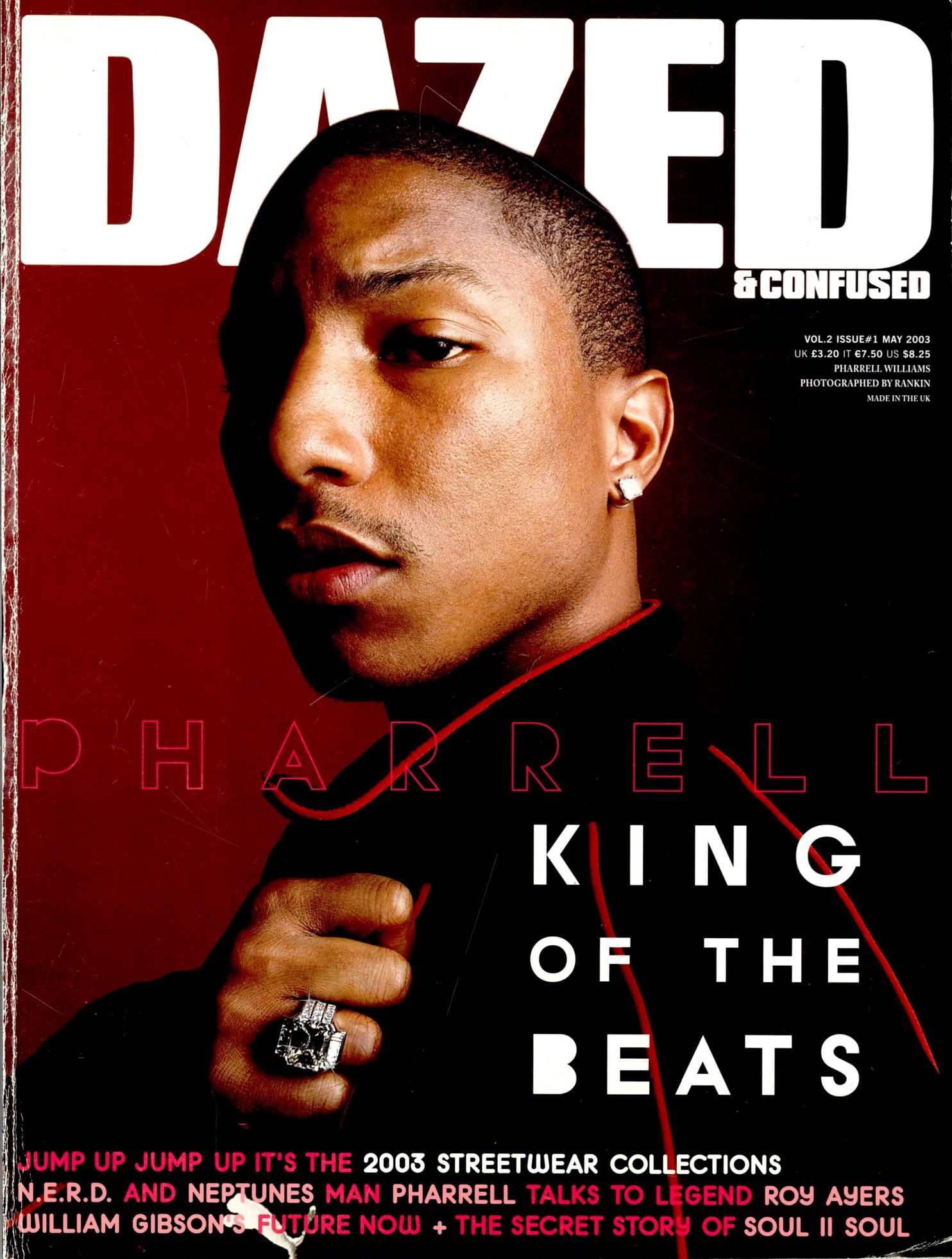
Although Dazed had always championed hip-hop within its pages, it wasn’t until the early 2000s that stars like Pharrell Williams, Missy Elliott and Jamie Foxx ended up on the cover, then bright young things who would go on to become legends of today. The first hip-hop musician to grace our cover was none other than Marshall Mathers himself in the summer of 2000. Riding a wave from the release of The Slim Shady LP the year before, Eminem was entering the heights of his commercial peak when he landed on the June cover wearing a crimson flat cap and huffing on huge a bong.
Photographer Alexei Hay latered recalled the shoot with stylist Jason “J Jay” Farrer, which was Eminem’s first-ever fashion cover. “I remember J Jay telling Eminem that cannabis smoke would show up better on film than tobacco,” Hay wrote, but “after the sixth binger he spilt the bong water all over himself.” Hay described a scene of 12 people in one suite at Manhattan’s Hotel Chelsea, two of them random men off the street who appeared alongside Eminem in the final images. “After two pulls on the bong, [they] were too scared to touch the knives we’d placed on the table for them as props,” recalled Hay. After only ten frames Eminem and his crew scarpered, and Hay remembers the moments just after his departure. “Jefferson looked at the contact sheets and said: ‘this looks like a Gap ad gone wrong.’”
Despite the chaotic scene, the editorial is one of Dazed’s most memorable, and things turned out pretty well for Eminem too. On June 28, the very same month he appeared on the cover, Eminem’s new album The Marshall Mathers LP debuted at number one on the Billboard 200, selling 1.78 million copies in its first week alone.
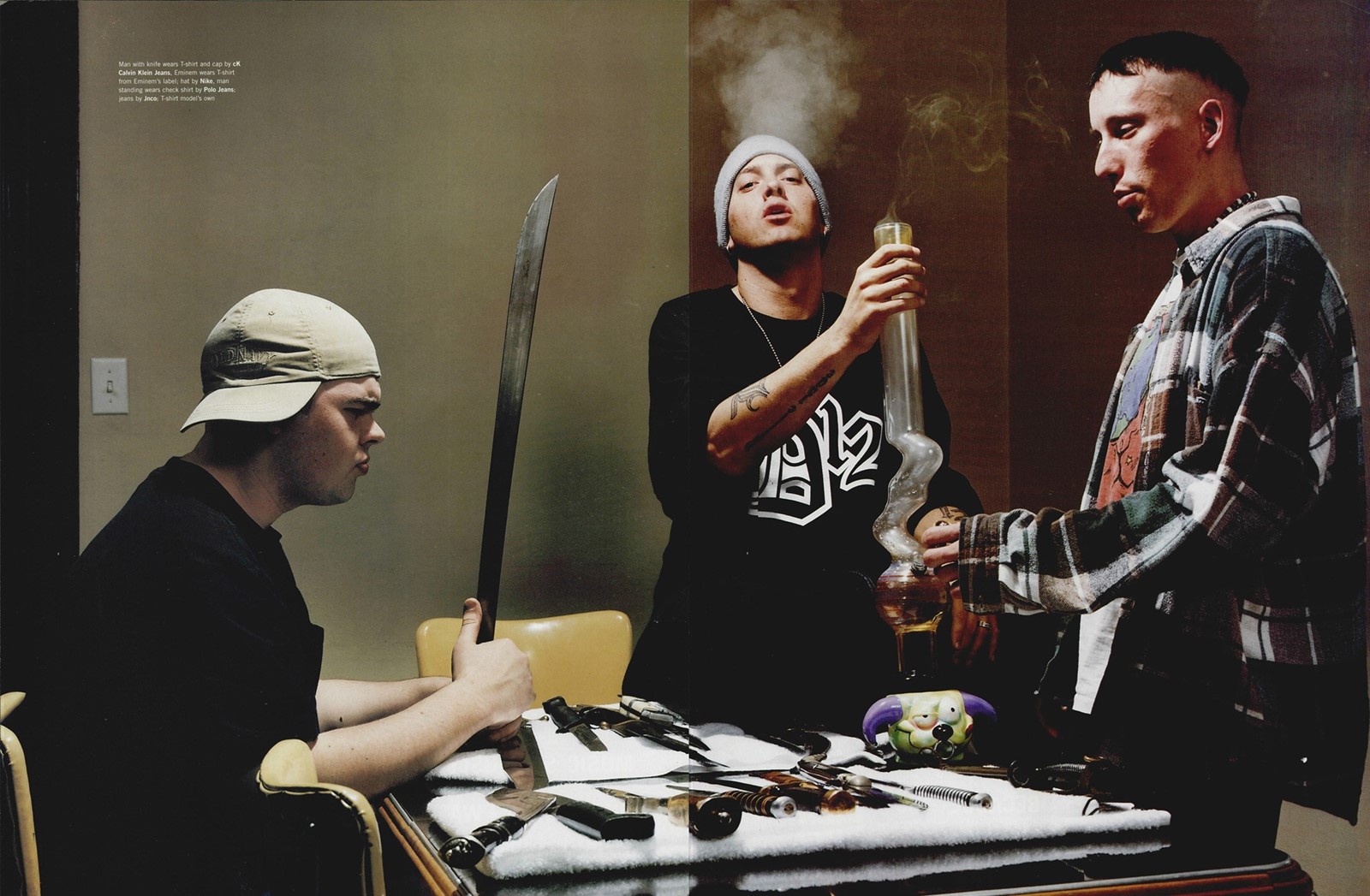
Since Eminem’s colossal landing, more hip-hop stars followed. In 2003, Dazed allowed a then 30-year-old Pharrell Williams to select “the single most important person in his own musical development” as an interviewer for the cover. The musician – born in 1973, just four months before hip-hop – chose the jazz legend Roy Ayers, who conducted a conversation that spanned Billie Holiday, Aretha Franklin and life-changing experiences on weed brownies. (Williams obviously made an impression, returning to Dazed in 2011 for one of 20 covers shot by Rankin celebrating the magazine’s 20th birthday).
It wasn’t until 2005 that we saw Missy Elliott front our climate change special, interviewed from her “spiritual home” of Jamaica about the pressures of fame as one of the world’s most successful hip-hop acts. Tim Noakes, music editor at the time, was tasked with speaking to Missy, his first-ever cover story for the magazine. “For some reason, the photographer wanted to shoot me and her together,” he recalls in a conversation over email. The original photographer wanted to create a scanner image of the pair, then distort the photo to look “like a DNA double helix structure”. Needless to say, that plan didn’t work out, and the magazine ended up buying someone else’s photos for the July cover. After that debacle, Noakes enjoyed the rest of his time in paradise: “I just rode around the island in her friend’s Hummer for a few days,” he recalls.
“I found myself at a journalistic crossroads. Do I smoke the blunt and conduct this interview incredibly high?” – Caroline Ryder on interviewing Snoop Dogg
Later on that same year, the writer Jessica Hundley profiled Jamie Foxx and Kanye West for the December cover. Hundley sat in a studio in Hollywood with the effervescent Fox, while West was dialling in from London, on speakerphone in his limo on the way to Harrods. “Gold Digger” had soundtracked the previous summer, and at that moment, both men were on top of the world. “Jamie was utterly charismatic, full of kinetic energy and a very, very quick wit,” remembers Hundley, describing the singer as “moving, dancing, singing, laughing” for the entirety of the interview. And, despite his recent fall from grace, Hundley remembers West as “very happy, grateful for his success, and excited about the future”, and the fact that he clearly looked up to Foxx “as someone who had found success by being truly being himself, unapologetically.”
The pages of Dazed may have been filled with hip-hop legends throughout the 2000s, but one pioneer of the game waited until 2012 to grace us with his presence. “Snoop was awaiting me in his trailer,” remembers Caroline Ryder, who interviewed the rapper at a boxing gym in Hollywood. “I stepped inside and was greeted by a fog of weed smoke.”
Not long into their conversation, Ryder was offered a freshly-rolled blunt by Snoop Dogg himself: “There was no pressure. I got the sense he would have been fine if I had declined, but I found myself at a journalistic crossroads. Do I smoke the blunt and conduct this interview incredibly high?” Of course, the answer is always yes, and it turned out to be the best decision for Ryder. “I unshackled myself from any format or expectation for the conversation,” she says, which created “a sense of unscripted, genuine intimacy.” Afterwards, Ryder somehow managed to make her way to her car. “I sat in it for about two hours, staring into space and texting my boyfriend, way too stoned to even consider driving.” Long live the Doggfather!
DISRUPTORS
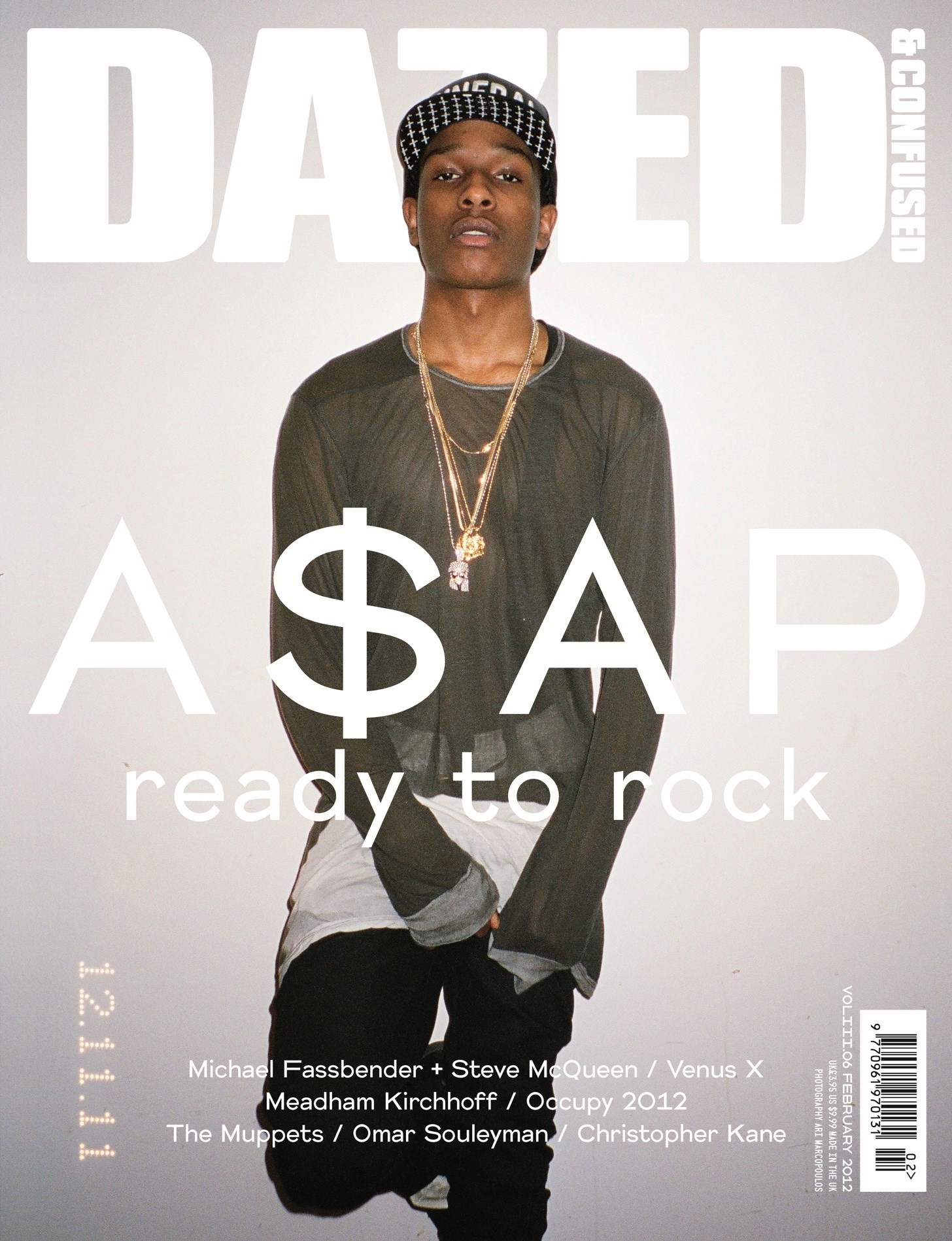
By the early 2010s, a new kind of hip-hop star had begun to emerge. 90s kids, raised on video games, internet blogs and style guides like Dazed would burst onto the scene, forever disrupting the genre as we know it. To document this new wave, Noakes, who was now deputy editor, took a trip to Harlem to interview A$AP Mob for the February 2012 cover. “A$AP Rocky had just released the music video for Peso,” he says, “and his debut mixtape felt like a watershed moment. We couldn’t stop listening to it in the Dazed office.” Noakes singles out Rocky’s fresh sound and unique fashion taste as markers of his ascendancy. Despite laughing when Noakes told him he wanted to shoot a mini-documentary alongside the cover, Rocky “let me film everything we did – from dinner at Amy Ruth’s to visiting the Harlem projects they grew up in.” Since those early days, Rocky has graced the cover a second time, returning as “the father of generation” for our Summer 2022 issue – as Noakes notes, “it’s incredible to see his journey since”.
Staying in Harlem for the September 2012 issue, Dazed would tap a fledgling Azealia Banks for its next hip-hop cover. “Azealia thrived on pushing people’s buttons – on and off the record,” remembers Noakes. “We wanted to celebrate that with her cover image, and also play with the fact that she was blowing up around the world.” The image, one that features the rapper ballooning a condom in Balmain, is one of Dazed’s most recognisable covers – but it almost never materialised.
“The opening spread of the editorial was meant to be the cover, simply because it was a Chanel credit,” Sharif Hamza says over the phone, dialling in from his home in New York. By that time, Hamza had interned on the Dazed photo desk under Photographic Director Phil Poynter in the early 00s, and shot Daft Punk and Beyoncé for the magazine’s cover. “We shot the Chanel look first, and then we went on to do the Balmain one with the condom”, Hamza explains. “I had some random reference, she took one look at it, picked a colour and just did it. I pressed a button three times and we were done”. Hamza was annoyed for not handing Banks the condoms for the Chanel look, riled at the thought of missing out on a stand-out cover. “Just before going to print, [creative director] Christopher Simmonds sent me the condom picture and said ‘we’re gonna run this as the cover instead’, recalls Hamza, “I’m not into quiet covers, so I was happy.”
“Azealia’s cover was sold at WHSmiths on the top shelf with all the porno mags. It was sleeved in white and just said ‘Dazed’. You couldn’t even see the picture” –Sharif Hamza, photographer
The decision meant that, for the first time ever, a Dazed cover was censored on the newsstand. “It was sold at WHSmiths on the top shelf with all the porno mags. It was sleeved in white and just said ‘Dazed’. You couldn’t even see the picture,” says Hamza. Rather than deter readers, the banned cover sensationalised the issue further, and it was even banned in some countries. “That only helped it to sell loads elsewhere,” adds Noakes.
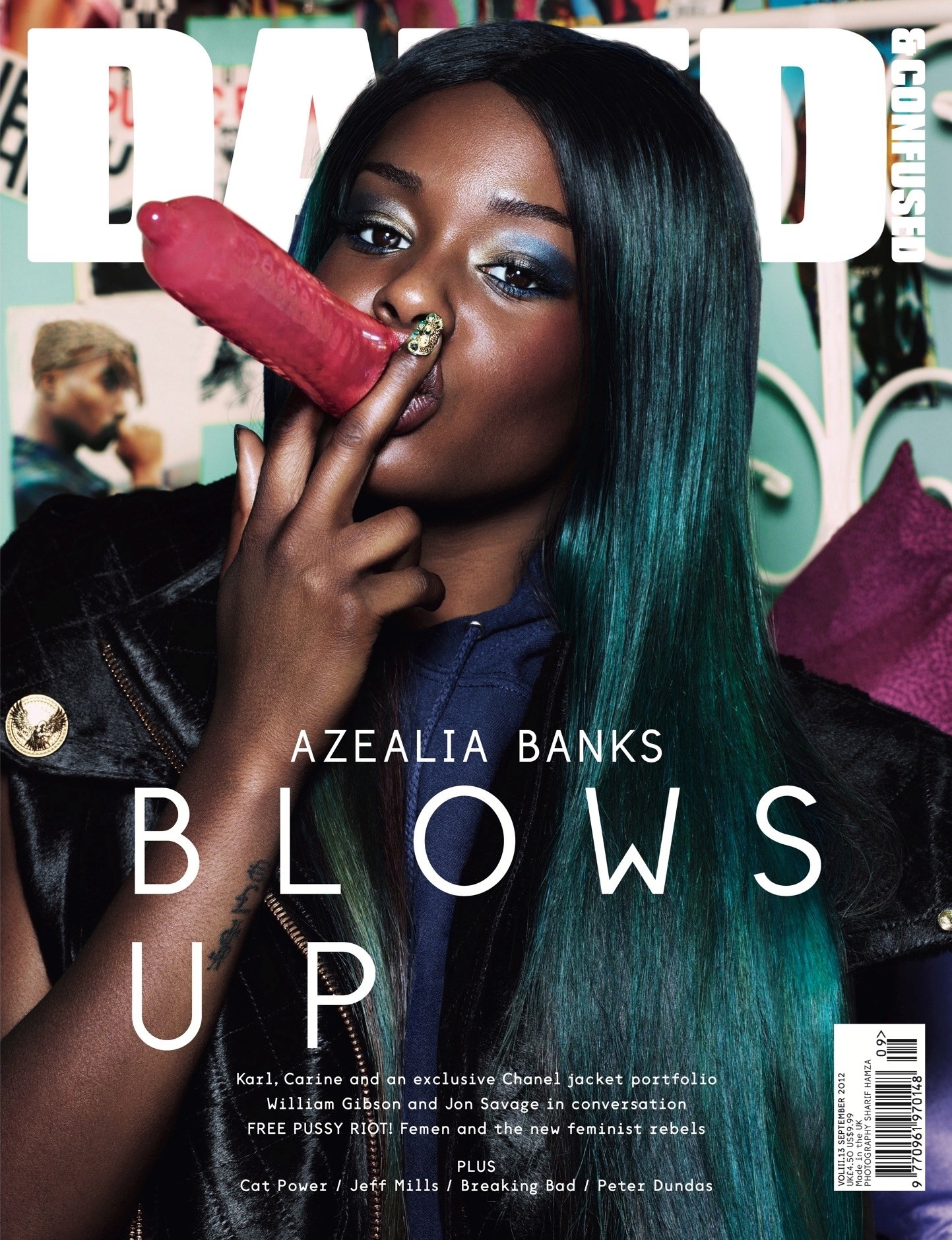
A year on from the condom incident, Phoebe Lovatt was sent down to Venice Beach to interview an energetic 19-year-old known as Chance The Rapper, chosen by now-Editor-in-Chief Tim Noakes to front the 93 ‘Til Infinity issue. When I catch up with her on the phone, Lovatt remembers the interaction vividly, a standout moment of her time living in LA. “We were by those courts in Venice Beach and The Game was there. Like, the rapper, The Game was just playing basketball on Venice Beach,” she recalls, incredulously. “It was pretty bold of Tim to be like, ‘yeah, we’re gonna do a cover story for someone who’s just done a mixtape.’ He didn’t have an album out or anything. But that mixtape was so distinct. When I got commissioned to do the interview, I remember listening to it nonstop in my car.”
After the interview, Chance was meeting Donald Glover and heading west to his rented house in Malibu. “It was a closed house, but somehow I managed to get approval to follow them up there,” says Lovatt. “Chance bought me a bikini so I could go swimming in the pool with them, just from one of the tourist shops on Venice Beach. So I followed them up to the house and finished the interview there.” Although Lovatt had never written a cover story, and was somewhat overwhelmed at the prospect, the encounter proved eternally fruitful. “I actually became friends with him after writing that profile,” she says. “I stayed at that house all evening, even after I wrapped the interview, and met people that I ended up being friends with for years.”
NEW ICONS
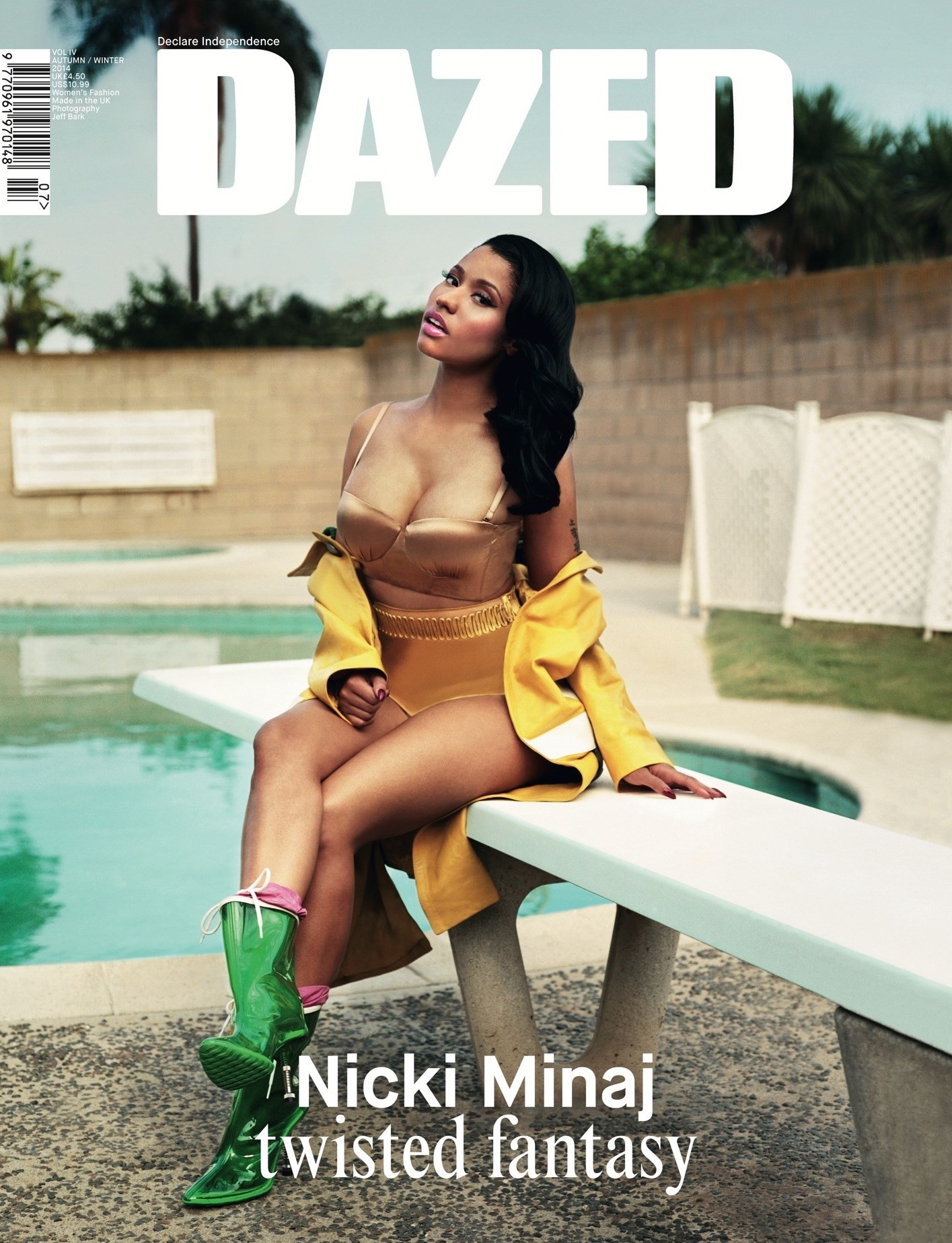
By the mid-2010s, Dazed’s hip-hop covers were celebrating confirmed pioneers, musicians who had already established themselves as new icons of the genre. “I’d wanted to put Nicki Minaj on the cover since her Beam Me Up Scotty mixtape in 2009, but we couldn’t make it happen”, recalls Noakes. When the time for a cover did come around for Autumn/Winter 2014, Simmonds re-imagined Minaj as “Stepford Wife-type character”, floating through an LA mansion in pink Chanel tweed and slime green Miu Miu booties. “Robbie Spencer styled the shoot and it was incredible,” remembers Lovatt, who was invited back to pen the cover story. “I was incredibly excited to interview her. She’s Nicki Minaj,” says the writer, before adding, “she’s formidable – it wasn’t a 19-year-old bouncing off the walls this time.”
As Dazed’s creative director, Robbie Spencer also styled Young Thug’s Autumn 2015 cover story, shot by Harley Weir. The cover was a watershed moment in how rappers are traditionally presented, breaking free from rigidly defined notions of masculinity. There’s a great moment in Patrik Sandberg’s profile where Thug’s sister and manager Amina bellows at him to take off a Molly Goddard tutu dress – presumably for fear of what it may do for his image – but the rapper just shrugs it off, and carries on posing for the camera. In another image, Thug reclines in a bubble bath drawn by then-Art Director Jamie Reid, his easy demeanour posing a new, hybrid vision of masculinity that the rest of hip-hop was only just catching on to.
TRAILBLAZERS
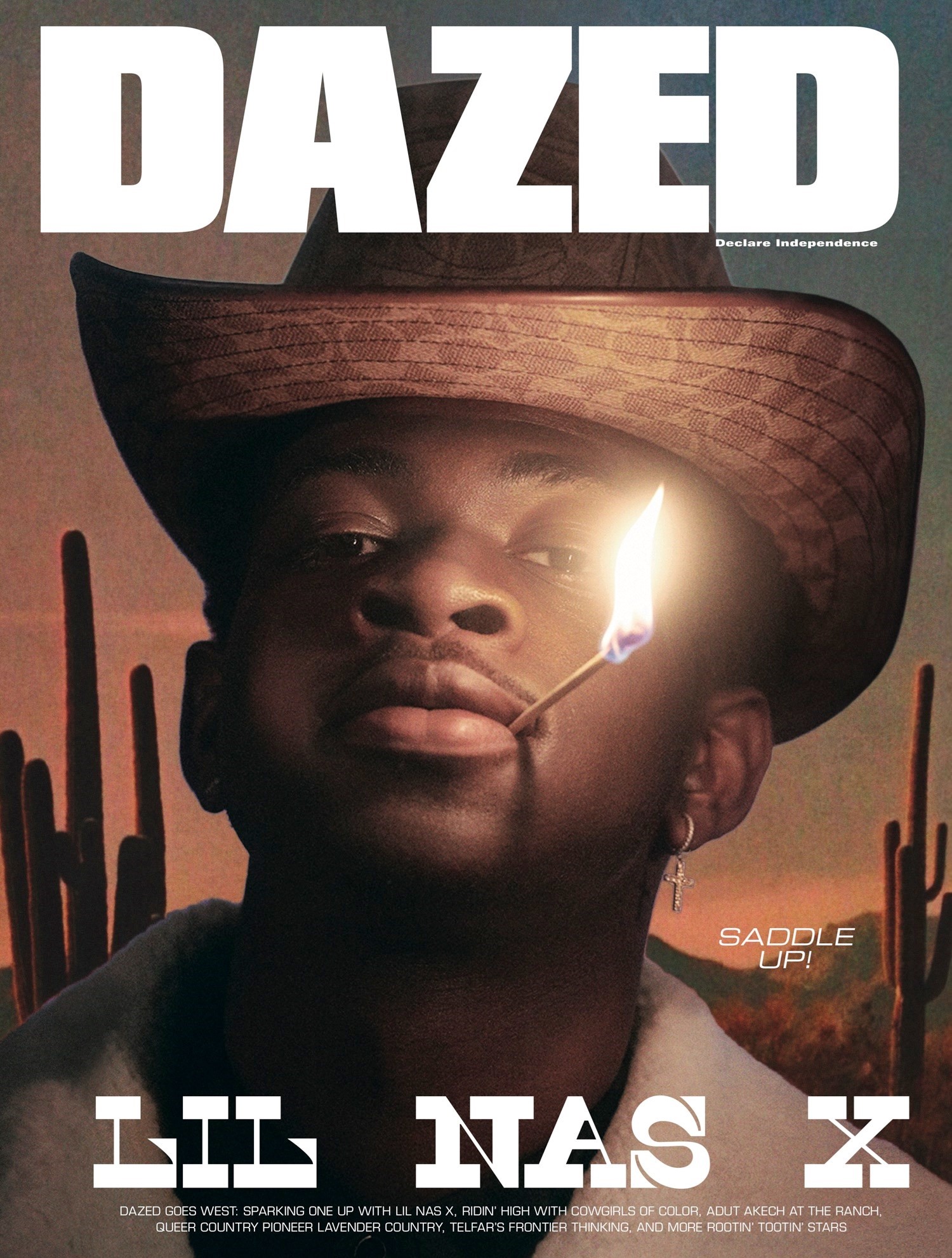
Just in time for a new decade, the late 2010s proposed a new kind of hip-hop star, ones who evaded the already-crumbling limits of gender and sexuality. Though A$AP Rocky and Azealia Banks did return for covers in 2022 and 2023, it’s no surprise that the four first-time cover stars of this era – Lil Nas X, Saucy Santana, Doja Cat and Ice Spice – comprise two women and two queer men.
Dazed’s current editor, Jack Mills, remembers what Lil Nas X was like in 2019, in comparison to his reified 2023 self. “On the phone, it was pretty clear he’d been overwhelmed with attention yet and wasn’t used to talking to the press,” says Mills of profiling the star. “It felt like a strange and exciting collision of big moments and firsts. “Old Town Road” was the prototype meme tune written for TikTok, and in merging two very disparate genres, country and trap, it slid into a wider academic movement against racism in the Nashville scene.” For Mills, it was “the perfect cover story for Dazed”, as the magazine is constantly reaching for sounds that feel radically new, just how Nas felt at the time.
“We wanted to celebrate an openly gay, unashamedly feminine and confident black male rapper” – Kacion Mayers, Editorial Director
The same can be said for Saucy Santana, who covered our Autumn 2022 issue. “With Saucy, we wanted to celebrate an openly gay, unashamedly feminine and confident black male rapper, who was beating all the odds not only by simply existing but thriving in the music industry,” says Dazed’s print editorial director Kacion Mayers. Nicolas-Tyrell Scott, who spoke to Saucy for the cover story, echoed these sentiments. “Saucy is a charismatic figure in hip-hop culture,” said the writer. “As a musician, he’s proven he can galvanise attention and audience with smart and instructive sayings, savvy social lingo, and AAVE vernacular.”
For Mayers, commissioning a Doja Cat Dazed cover mattered because the star was “on the cusp of a transitional phase” in the winter of 2022. Between album cycles, all eyes were firmly fixed on Doja and what she would do next, and our playful shoot definitely raised a few eyebrows. “The shoot led a lot of people to claim that she’s in the Illuminati and that she worships the devil,” recalls Mayers of the reaction, “so it’s been funny watching her poke fun at that almost a year later, maintaining that playful, troll-like humour with her new music and videos.”

Just like Azealia, Chance and the stars of the 2010s, our youngest and most recent hip-hop cover girl only had a handful of songs to her name when we approached her. By the time Ice Spice’s Spring 2023 cover had dropped, her debut EP Like..? had only been on shelves for two months, but that didn’t put off the team one bit. “We gave her her first cover regardless because we saw something in her that was magnetic and would go beyond a one-hit-wonder.” Ice Spice, a musician pioneering her own bubblegum-drill sound, is the perfect encapsulation of a Gen Z hip-hop star. Looking to the future, however, Dazed will continue to champion the broad range of hip-hop talent, as it has always done since those student union days. “I think what’s key,” says Mayers, “is that we balance the legends with the newest names and faces who we believe in and want to champion.”
Join Dazed Club and be part of our world! You get exclusive access to events, parties, festivals and our editors, as well as a free subscription to Dazed for a year. Join for £5/month today.




